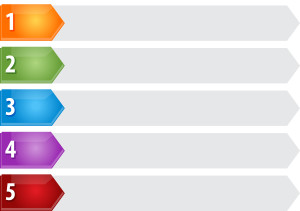Every Blog Post Should Have Two Winners

“My philosophy is that every phone conversation has a loser,” says Dilbert cartoonist Scott Adams (the implication seems to be that one of the parties on the phone is being talked into buying something or doing something that benefits only the other. A second Adams quote reveals a similarly negative viewpoint: “There’s a gigantic gray area between good moral behavior and outright felonious activities. I call that the Weasel Zone and it’s where most of life happens.”
Cynics, I imagine, would see blogging for business in the same light – a thinly disguised attempt to attract online readers who must be persuaded to buy “stuff”. At Say It For You, though, we try to come at blogging from a totally different direction and with a win-win attitude.
In the early stages of creating a new blog, the blog content writer and the client (the business owner) are trying to strike precisely the right “tone” for the blog. I’ve discovered one very interesting thing in the course of dealing with different content writers in Indianapolis and with the client businesses they serve. Whenever there’s a “disconnect” between the two parties, it’s almost always about how “sales-ey” the blog should or should not be.
Generally speaking, as I often stress when I offer corporate blogging training, blog posts are not ads, and there should never be a hard-sell or boastful tone to the content. When asked to provide business blogging help, I explain that blogs are closer in nature to informative “advertorials”, positioning the company or practitioner as helpful, well-experienced, and knowledgeable.
Primarily, the blog post has to add value. Not just a promise of value if the reader converts to a buyer, but value right then and there in terms of information, skill enhancement, or a new way of looking at the topic. The best blog posts are never about yourself, your company, your services, or your products, but about why you see things the way you do.
Does every phone conversation have a loser? I don’t know, but what I do know is this: Every blog post should have two winners – the business owner (or professional practitioner) and the online reader!





Follow us online!